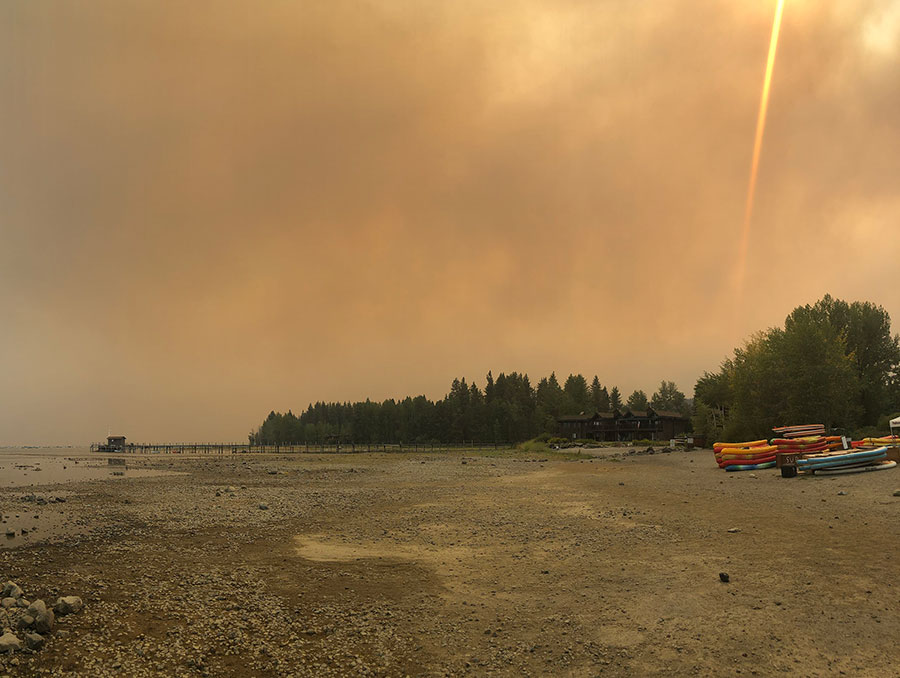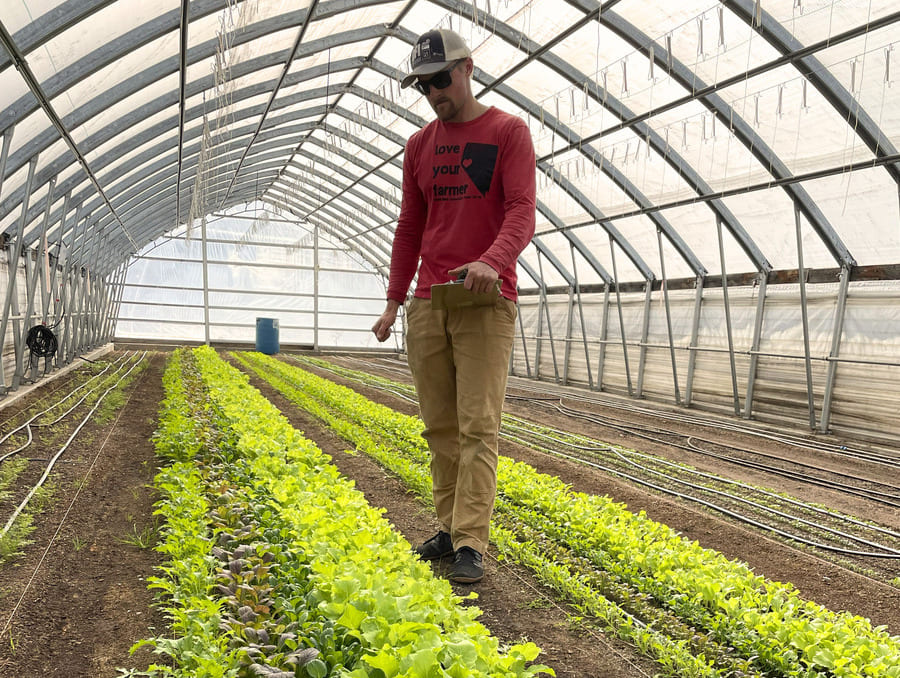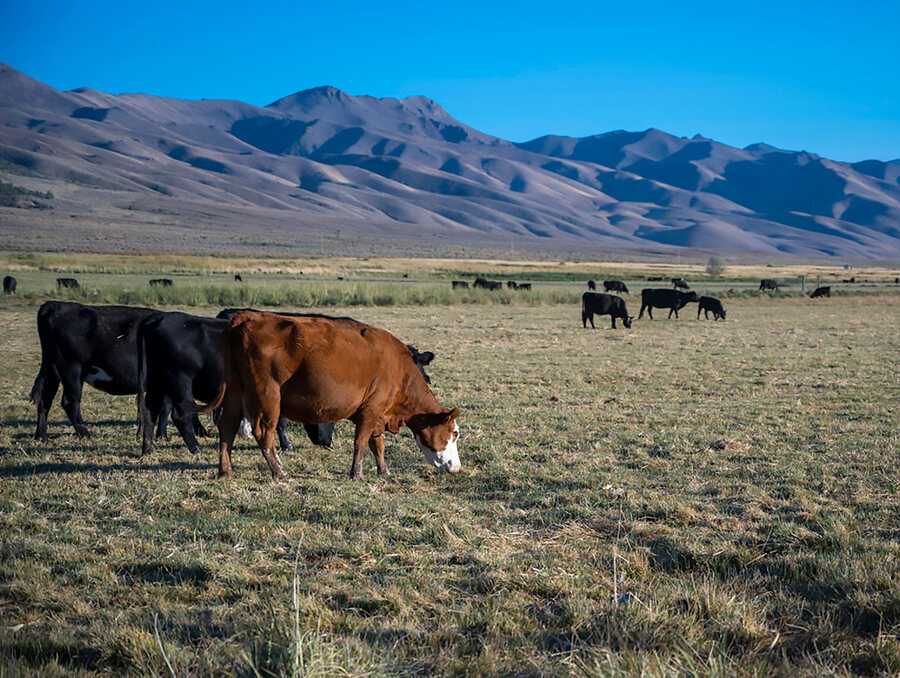As skies in northern Nevada took a turn for the worse last night, University of Nevada, Reno Extension wants to remind residents of their research-based, online resources from the Living With Fire Program that provide recommendations to protect their health and that of their outdoor animals when wildfires cause unhealthy air. Extension also encourages all Nevadans to enroll in the systems that their counties have set up to notify them when action is needed due to emergencies, such as wildfire or flood evacuations.
Online publications on living with smoke:
- LIVING WITH SMOKE: How to be prepared for smoke exposure
By Extension’s Jamie Roice-Gomes, Megan Kay and Christina Restaino; and Washoe County Health District’s Brendan Schnieder
Spanish-language version: VIVIR CON HUMO: Como estar preparado en caso de exposición al humo de incendios - Best management practices for livestock and equine during wildfire smoke events
or access the printable version of the best management practices
By Extension’s Lindsay Chichester, Megan Kay, Jamie Roice-Gomes, Misha Allen, Lisa Taylor and Staci Emm
Online interviews and podcasts on living with smoke, and effects of wildfire smoke:
- KNPR radio interview
Extension’s Christina Restaino, director of Extension’s Living With Fire Program, provided an informative interview on KNPR radio this morning with State of Nevada host Joe Schoenmann on living with smoke and fire. Restaino is an assistant professor and natural resources specialist. - Smoke & Water
or search “Living With Fire” on your podcast app of choice.
In this new podcast episode from Extension’s Living With Fire Program, Professor Sudeep Chandra, director of the Global Water Center at the University of Nevada, Reno, talks about how scientists have been working to understand impacts of wildfire smoke on Lake Tahoe's aquatic ecosystem. or search “Living With Fire” on your podcast app of choice.
Online publications on enrolling in CodeRed and local emergency notification systems:
- CodeRED in Washoe County
By Extension’s Jamie Roice-Gomes, Megan Kay and Christina Restaino; and Jessica Adams from the Washoe County Emergency Manager’s Office
CodeRED is an emergency notification system that delivers emergency messages to individuals located in affected regions. It allows residents to enter into the database multiple forms of contact information, such as home, cell and work phones; and email addresses. Text “WASHOE” to 99411, or visit the CodeRED website. - Sign up for Emergency Notifications
By Extension’s Megan Kay
Contains links for each county on how to register for local emergency notification systems, commonly known as Reverse Dial, which are used by safety officials to send phone calls, emails and texts to a specific area with a prepared message during an emergency.
The Living With Fire Program provides recommendations to residents on preparing for wildfire and reducing wildfire threat to homes and communities. Since its inception in 1997, the program has created materials for residents that have been shared and applied to fire-prone regions throughout the country. Living With Fire is managed by University of Nevada, Reno Extension and is a collaborative effort among federal, state and local firefighting agencies; and resource management agencies. For more information, go to the Living With Fire website or email Living With Fire's email address.
















